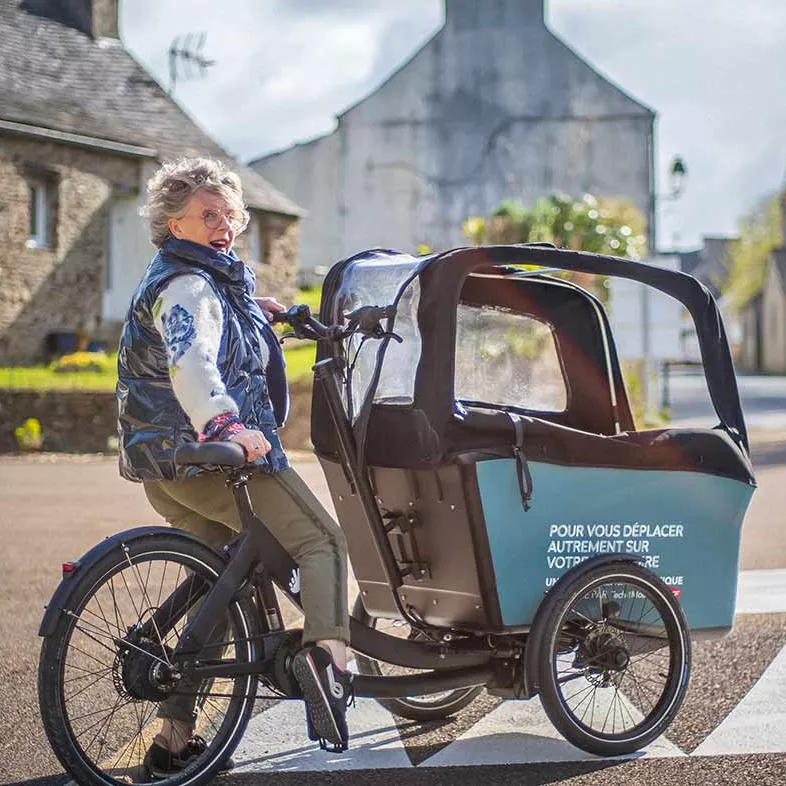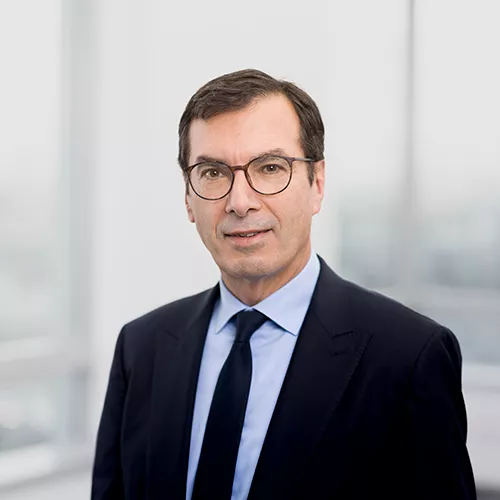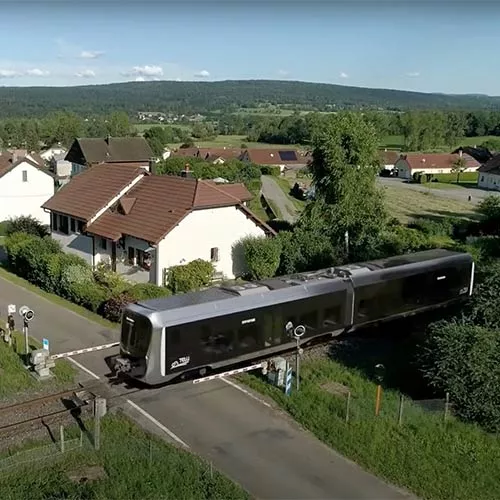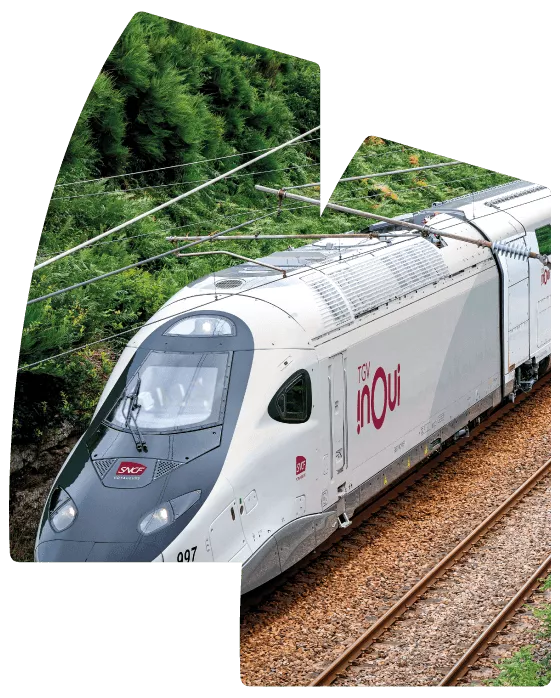“How rail serves our regions”: an opinion piece by Jean-Pierre Farandou
In France, regions come up constantly in any public debate. But what, exactly, do we mean? Former SNCF Group’s Chairman and CEO shares his definition, linking it to major challenges facing the rail industry—and the business community’s role and responsibility in regional life.
Highlights from Jean-Pierre Farandou’s essay on regional development and the social and economic impact of rail services across France. This is his latest contribution to work published by Fondation Jean-Jaurès. In a prior article, Mr. Farandou, then SNCF Group's Chairman and CEO, analyzed the rail industry’s vital contribution to the green transition (“Fighting climate change with rail”, 2022).
An opinion piece by Jean-Pierre Farandou: “How rail serves our regions”
DOCUMENT

“Regional life”—define and discuss
In France, the term “region” evokes the countryside, with attendant quality of life, serenity, isolation, rural living, a sense of roots and belonging. It also conjures up a rich store of images from geography to climate, culture, public services and the local economy.
Transport/mobility binds France’s regions and plays a key role in meeting three major challenges: integration, linking outlying areas to regional hubs; connection, connecting each region to its neighbours; and attractiveness, setting the stage for social interactions and economic growth.

A region isn’t some static space or a landscape of granite rocks shaped by time. It’s ever-changing, in endless motion, as goods and people are carried back and forth. A flow. A living thing.
Former CEO of SNCF Group
Maps, trains and regions
Trains shape the regions they serve. And in France our rail network has shaped the entire country: in many cases train destinations mark our national borders. Enter high-speed rail, which has transformed our experience of distance, connecting cities hundreds of kilometres apart—think Bordeaux and Paris, or Lille and Lyon. Trains naturally carry passengers and freight; it’s what they’re for. But they can do more than that. If we make the effort, they can also improve relations between regions and bring mid-size towns into the mix.
Trains in France

28,000 km
of track

2,800 km
of high-speed lines

3,000
stops and stations
Challenges: regional coverage and service
The rail industry has undergone sweeping change in recent years, not least market liberalization. And SNCF Group and France’s regional authorities now face several challenges:
- regenerating the rail network
- maintaining the key role of TER regional trains, despite the transfer of SNCF Voyageurs passenger services to régions
- expanding rail freight services to counter the shift to road haulage
- adjusting budgets for TGV high-speed rail service as competitors stake out positions on our most profitable lines.
These challenges are naturally a subject of lively debate, since investments made today define tomorrow’s mobility and quality of life.
Mobility opens horizons—it’s the antidote to isolation and enclosure. It counters relegation, oblivion and what can amount to house arrest. And it’s a major contributor to regional development, delivering seamless, effortless flows of people and goods.
Former CEO of SNCF Group

Shaping the regions of the future
Metropolitan Regional Express Services (SERM) are poised to revolutionize commuter travel. And Intercités rail is set for a revival, with upgrades coming soon on our Paris-Orléans-Limoges-Toulouse and Paris-Clermont-Ferrand lines.
But innovations extend well beyond urban areas, as light rail options like DRAISY and TELLi prepare to serve small rural lines, and FLEXY rail-to-road shuttles are tested and rolled out.
For long-distance routes, research into strategic freight bypass options and new high-speed lines is under way to strengthen national and pan-European links.
How we serve regions
Public debate increasingly highlights the role and responsibility of businesses in driving regional development. Certainly, SNCF has a long history of strong presence in the regions where it creates direct and indirect jobs, drives industrial activities and innovation, contributes to the green transition, and backs community efforts to defend and promote urban environments. Like a tree, SNCF Group draws strength from its roots in French regions, and is committed to giving back through accessible transport, jobs, procurement, the SNCF Foundation and innovation.
I believe in regional development. For me, it’s a proactive, long-term way to correct regional imbalances, optimize resources and potential, and serve the public.
Former CEO of SNCF Group
Milestones in SNCF’s rail services

Share the article